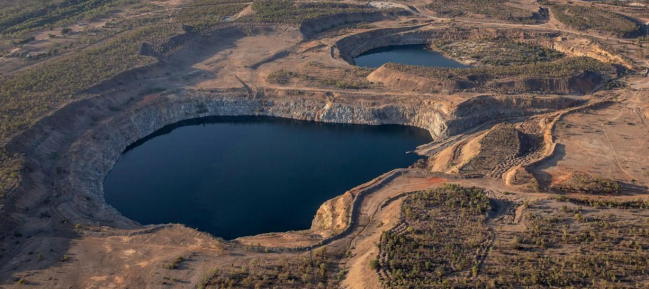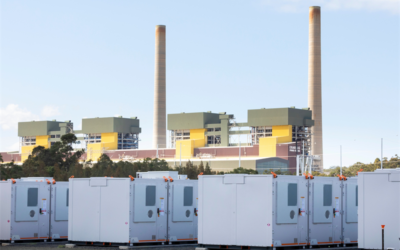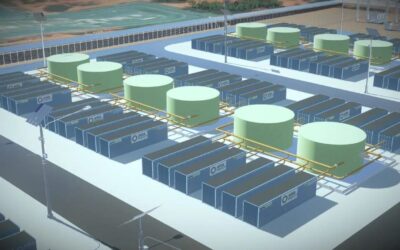
A plan to turn Australian island state Tasmania into the ‘Battery of the Nation’, backed with pumped hydro energy storage (PHES), has taken a step forwards.
Australia’s federal government and the state government of Tasmania announced an agreement on Sunday (3 April) concerning Marinus Link, a subsea interconnector project taking renewable energy from the island to Victoria, and the related Battery of the Nation project.
Utility company Hydro Tasmania’s plan could see between 1,500MWh and 3,500MWh of pumped hydro developed at 10 sites and 2,000MW to 6,500MW of wind power that could provide up to 20% of the total need for dispatchable capacity in the National Electricity Market (NEM) through to 2040.
Analysis showed that storage of 12-24 hours will be needed to support the system in southern Australian states where a large amount of variable wind power generation has been added, Hydro Tasmania said in a 2018 study which the Australian Renewable Energy Agency (ARENA) helped fund.
Try Premium for just $1
- Full premium access for the first month at only $1
- Converts to an annual rate after 30 days unless cancelled
- Cancel anytime during the trial period
Premium Benefits
- Expert industry analysis and interviews
- Digital access to PV Tech Power journal
- Exclusive event discounts
Or get the full Premium subscription right away
Or continue reading this article for free
The offices of Tasmanian premier Peter Gutwein and Australia’s prime minister Scott Morrisson announced yesterday that AU$75 million (US$56.35 million) in additional Commonwealth funding will support the Marinus Link project towards a Final Investment Decision to be made in December 2024.
The state will match that funding, while the Federal Government will also provide AU$65 million towards the redevelopment of Tarraleah, an existing hydropower plant, a little under 1/10th of the redevelopment’s cost.
A Final Investment Decision is also pending on that. Hydro Tasmania, which is owned by the state’s government, will also provide up to AU$58 million in funding for early works on Tarraleah’s redevelopment, carrying on what Gutwein’s office said was “significant prior financial commitments from both Governments to these critical energy projects”.
Private sector interest in funding the project is anticipated, while the federal government could step in to fund the project itself.
Tasmania is targeting being able to generate 200% of its energy needs with renewables by 2040, making it a potential exporter of energy.
However, a report published in November 2021, authored by Dr Bruce Mountain, director of the Victoria Energy Policy Centre at Victoria University, argued that the Marinus Link project is a more expensive way of enabling dispatchable renewable energy to be used in Victoria than even batteries at eight-hour duration.
Even if Hydro Tasmania were to provide 1,500MW of renewables energy exports to Victoria every day for eight hours, it would still be cheaper to build 1,500MW of battery energy storage systems (BESS) in Victoria, Mountain wrote.
The utility has said the combined cost of Marinus Link and Battery of the Nation could be about AU$7.1 billion, of which about half would be the cost of establishing new pumped hydro capacity. Mountain said that 1,500MW of four-hour BESS would be less than half the cost of Marinus Link, 1,500MW of six-hour battery would be equivalent to about 79% the cost.





